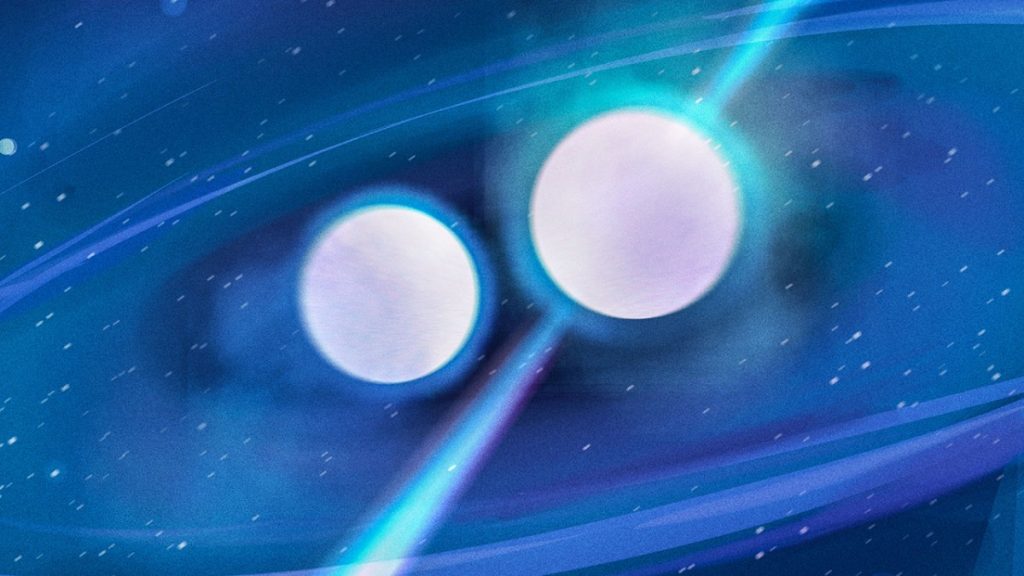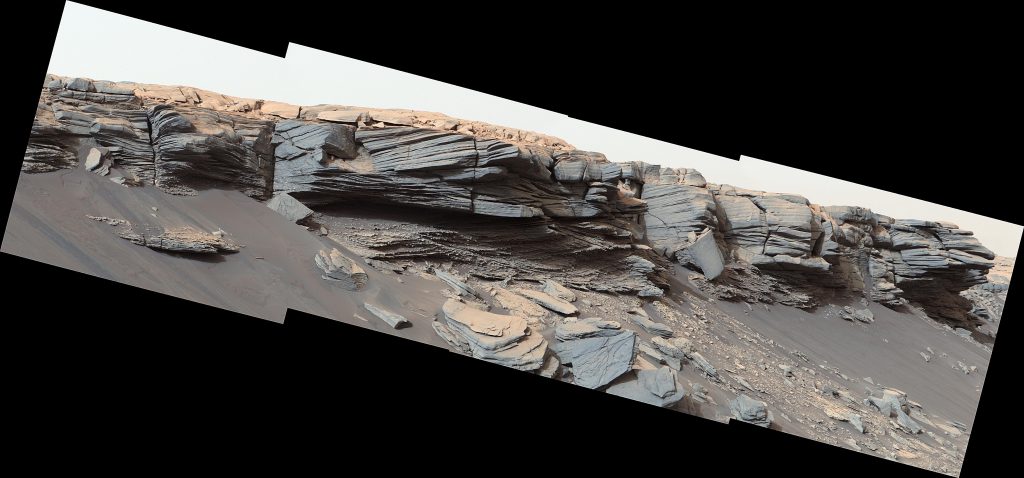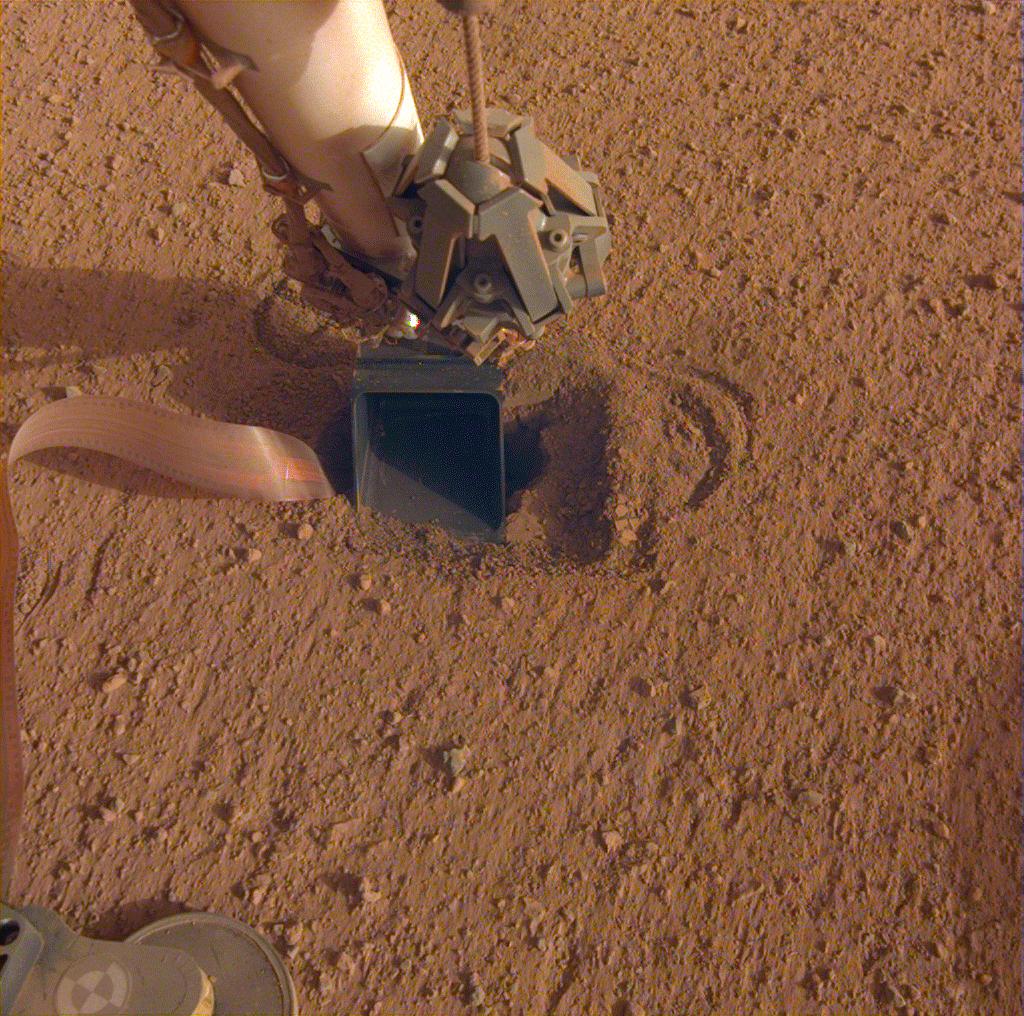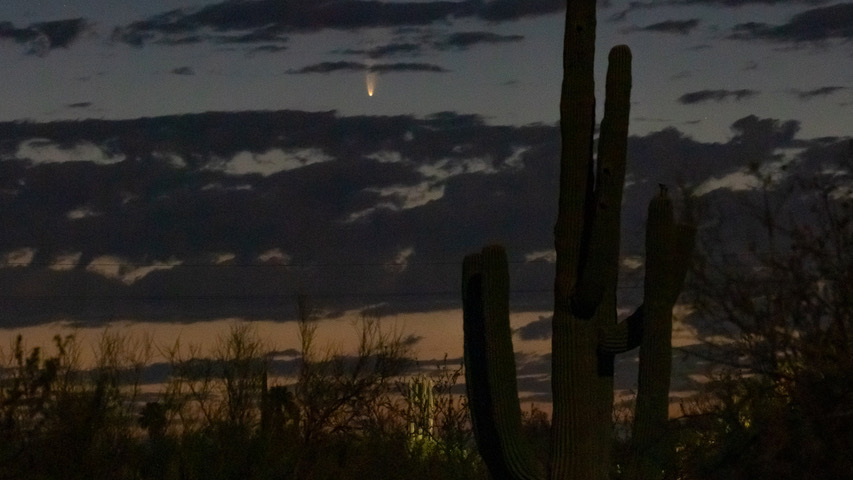Media
Transcript
After taking a week away from streaming to catch up on other tasks, we’re back to bring you all the news. And since it’s summer, there is a lot but not as much as you might think. As we recognize that summer means less science, and summer during pandemics means a lot less science, we’ve decided we’re going to take Fridays off until September. We’ll still be hanging out in the CosmoQuest Discord channel talking science and working on projects, but this stream will go to four days a week until after Labor Day.

While there won’t be a Daily Space episode this Friday, there will be a lot going on. We’re hosting our first ever CosmoQuest-a-Con, a fully online celebration of space and the creative endeavors that it inspires. Tickets start at $20 and get you access to additional panels and performances, as well as our vendors, who are all offering amazing discounts or free items with purchase for at least the first twenty buyers.
While I can’t wait for the Con to get started Friday night, the reality is, I’ve got four more days to go, but at least there is a lot of awesome science to keep all of us occupied in the interim.
One of the things that makes astronomy frustrating is the timescales on which things occur. From explosions that take moments to stellar evolution that takes millions of millennia, it seems that things always happen too fast to readily see or too slowly to really watch.
Back in 2017, a significant fraction of the world’s astronomers were involved in observing the gravitational waves, light, and particles that were associated with the merger of two neutron stars. We have no way to see exactly what is in that system now. We have no images documenting how this merger happened. All we have is that August 2017 data.
And we want more.
Luckily for us, the universe is big, and what happens in one place can happen again in another place, and has probably happened before somewhere else. It turns out that when it comes to neutron star mergers, there is a pair prepping for their unification right here in our own galaxy.

In a new paper in the journal Nature, researchers led by Robert Ferdman have modeled how the uneven masses of the two pulsars in the binary PSR J1913+1102 will someday merge and generate their own version of that 2017 event. While we can’t go back and see that system, this one will help us understand what that one must have been like.
J1913+1102 contains both a 1.63 solar mass and a 1.27 solar mass neutron star. According to this new research, when these uneven masses merge, they will eject more material in the resulting explosion than would otherwise be expected.
While observing this system is amazing, and it gives us a look at the final days of an ancient system nearing its ultimate end, astronomers are going to have to wait a while to watch: it’s estimated these two pulsars won’t merge for another 500 million years.
It had previously been thought that binary systems typically consist of stars of fairly equal masses. This discovery, as well as others including a very uneven black hole merger we discussed recently, are showing us that once again, the universe is far more complex than we often give it credit for. While astronomers often do science with the motto “when you hear hoof falls look for horses, not zebras”, it turns out the universe isn’t filled with just zebras; it’s filled with centaurs and other crazy creations we didn’t leave room for in our science.
Harvard University’s Avi Loeb has built his career in part on pointing out what fantastical ideas fit data that might otherwise be seen as boring and mundane.

In a new paper to appear in the Astrophysical Journal Letters, Loeb points out that the still-not-found Planet Nine could be a mass that isn’t necessarily a planet. For those of you not already following this story, several years ago, Konstantin Batygin and Michael E. Brown noted that the dwarf planets in the outer solar system have asymmetric orbits that can best be explained by a large planet in the outer solar system whose mass is several times that of Earth. Brown and collaborators have spent the years since they made this prediction systematically looking for this missing planet, and so far, it has refused to be found, leading to speculation that something else could be at play. Brown himself has said that if the renamed Large Synoptic Survey Telescope (LSST) – the Vera C. Rubin Observatory – doesn’t find Planet Nine its first year of operation, he may need to give up the search.
Well, Loeb has a new suggestion: what if instead of a planet, that mass was crushed down into a black hole. In our modern universe, the only ways that we know how to generate black holes involve the collapse of massive stars that leave behind 2.6 solar mass cores. It is thought, however, that during the earliest epochs in our Universe, conditions could have caused smaller, primordial black holes to form with more planet-sized masses. Working with collaborator Frank Vaird Jr and student Amir Siraj, this team has worked out what the LSST should see if Planet Nine isn’t a planet at all but is a theoretical primordial black hole.
According to Siraj: In the vicinity of a black hole, small bodies that approach it will melt as a result of heating from the background accretion of gas from the interstellar medium onto the black hole. Once they melt, the small bodies are subject to tidal disruption by the black hole, followed by accretion from the tidally disrupted body onto the black hole.
Loeb added: Because black holes are intrinsically dark, the radiation that matter emits on its way to the mouth of the black hole is our only way to illuminate this dark environment.
And it is this death flicker that observers may be able to see with LSST.
Construction of the LSST is currently on hold due to the global pandemic, and I can’t tell you when this nearly complete telescope will see first light. When it does, however, it will be on a mission to discover whatever it is in the outer solar system that is yanking around dwarf planets. My bet would be on a small ice giant, but who knows, we may finally prove that primordial black holes still exist. Only time and data will tell.
For now, we’re going to have to explore with the telescopes, spacecraft, and rovers we already have, which is fine because, for the most part, they are doing awesome things.

I, for one, would like to live vicariously through Mars Curiosity Rover. Unlike me, it has begun a super cool super road trip. While it is slated to only travel about one mile, that one mile is on Mars, and the terrain is amazingly complex. It is working its way up Mount Sharp inside Gale crater, and as it goes, it has to contend with sand traps, sharp rocks, and other amazing geology that formed when this region was covered in water. As someone who spent my childhood summers in the American Southwest, I can get behind exploring this kind of a desert landscape – especially one where everyone is required to wear masks.

Not all robots on Mars are having this kind of a grand adventure, however. The Mars InSight lander has essentially used its robot arm to shove the mole probe into the ground where that probe is refusing to do its job and dig itself down the couple of meters all of us had looked forward to. This has taught us that Mars soil is not what we had expected but hasn’t really told us how. For now, the team is going to forfeit on this obstinate instrument and proceed with other planned science. The robotic arm, with its cameras, will be used to check out the mission’s solar panels and assess the dust situation. This spacecraft is solar-powered, and the constant build-up of dust will slowly lead to a decrease in available power. While gusts of wind can sometimes clear things off, this is a situation that has to be monitored.

In one final item for the day, I am happy to report that there is a comet in the evening sky. Comet NEOWISE has swung around the sun and is now visible shortly after sunset in the Northwest. It is still near the horizon, and my first attempt to see it was met with the discovery that the neighbor’s trees have grown a lot. The comet will be getting higher in the sky over time, so there is hope. Join me in making a post-sunset journey to a window you can open that points in the correct direction and try and catch sight of this naked-eye comet.
Learn More
Milky Way Neutron Star Pair Illuminates Cosmic Cataclysms
- Cornell University news article
- The University of Central Florida news article
- “Asymmetric Mass Ratios for Bright Double Neutron-Star Mergers,” Robert. D. Ferdman (University of East Anglia, Norwich, England), Paulo Freire (Max Planck Institute for Radio Astronomy, Bonn, Germany), Benetge Perera (Arecibo Observatory), Nihan Pol (West Virginia University) et al., 2020 July 8, Nature
A Plan to Determine if “Planet Nine” Is a Primordial Black Hole
- Harvard University Center for Astrophysics press release
- “Searching for Black Holes in the Outer Solar System with LSST,” Amir Siraj & Abraham Loeb, 2020, to appear in Astrophysical Journal Letters (Preprint on arxiv.org)
Curiosity Mars Rover’s Summer Road Trip Has Begun (NASA JPL)
InSight Flexes Its Arm While Its “Mole” Hits Pause (NASA JPL)
Comet NEOWISE Sizzles, Providing a Treat for Observers
- NASA JPL image release
- Sky & Telescope how-to article
- NEOWISE: Rare Image of a Comet’s Sodium Tail (Planetary Science Institute)
Credits
Written by Pamela Gay
Hosted by Pamela Gay
Audio and Video Editing by Ally Pelphrey
Content Editing by Beth Johnson
Intro and Outro music by Kevin MacLeod, https://incompetech.com/music/


 We record most shows live, on Twitch. Follow us today to get alerts when we go live.
We record most shows live, on Twitch. Follow us today to get alerts when we go live.